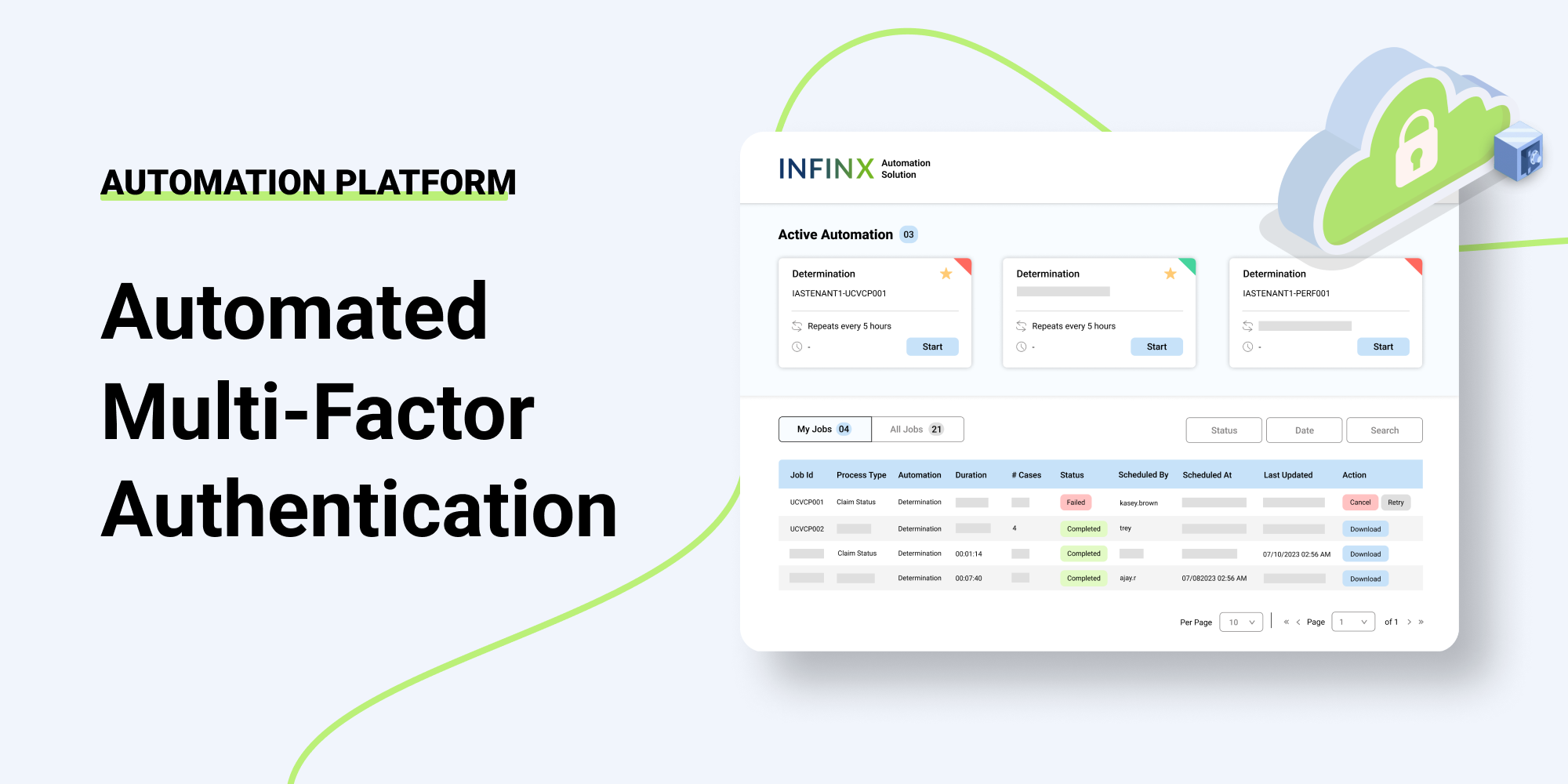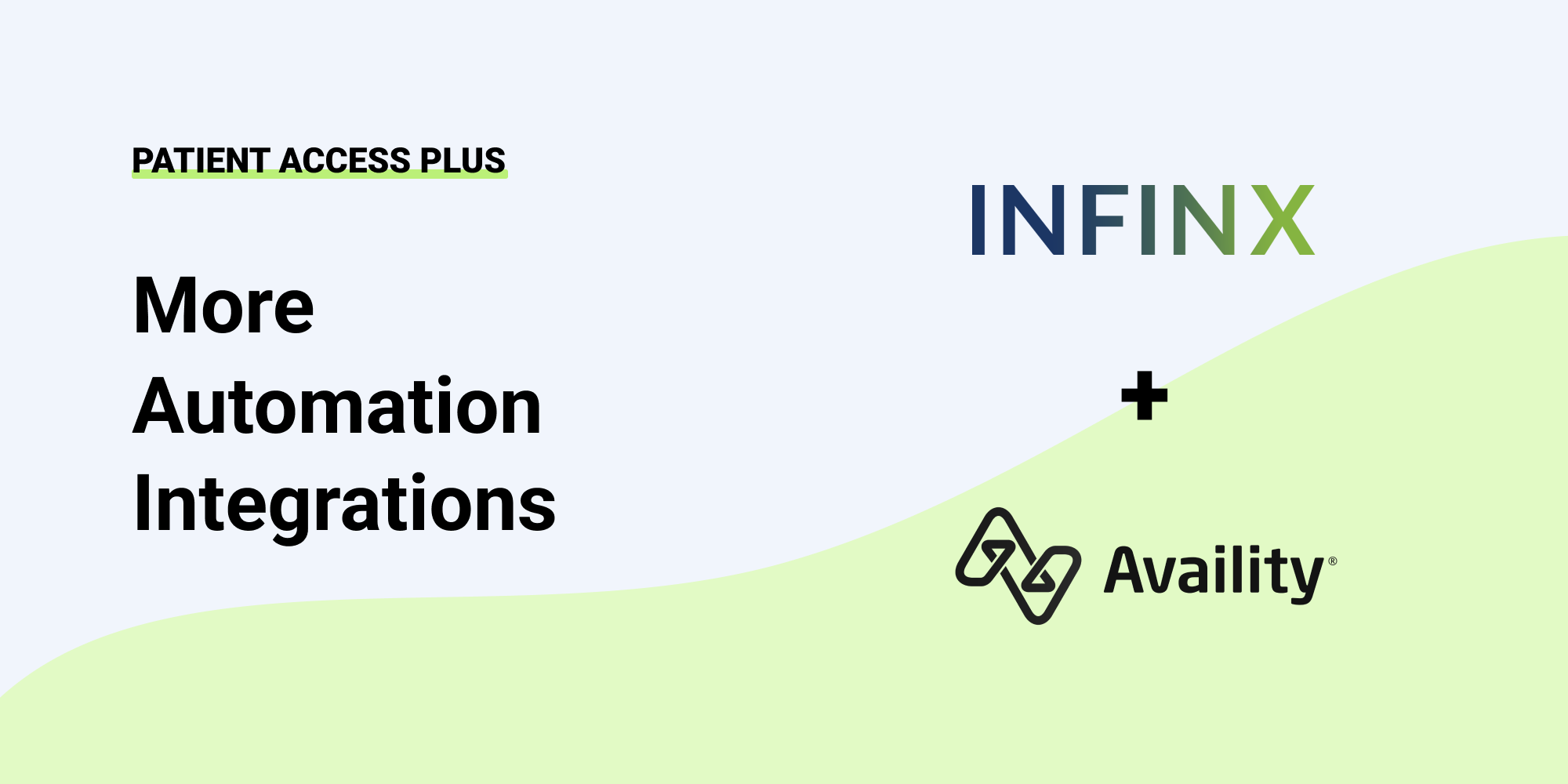Beyond a doubt, prior authorizations (PAs) are everyone’s least favorite administrative requirement! Whether in a hospital or outpatient facility, a primary or specialty practice, or a diagnostic or rehabilitative facility, PAs slow down care and frustrate providers, employees, and patients alike.
The most comprehensive and telling survey done to date is the 2019 American Medical Association’s (AMA) Prior Authorization Survey that asked 1,000 providers (40% primary care/60% specialty) their opinion on a variety of PA topics with the following results:
- 64% stated that they wait for at least one business day for PA approval
- 29% reported that they wait at least three days and often up to a week for PA approval
- 91% experienced patient care delays that could be described as significant
- 90% felt strongly that the PA process has a negative impact on patient clinical outcomes
- 74% of respondents reported that the PA process leads to treatment abandonment by frustrated patients
- 86% are reporting an increase in PA requirements over the past 5 years
The Toll on Patient Outcomes
Echoing the AMA, the American Academy of Family Physicians (AAFP) states “Prior authorizations create significant barriers for family physicians to deliver timely and evidence-based care to patients by delaying the start or continuation of necessary treatment…and can inadvertently lead to negative patient outcomes.” Similar statements have been heard from numerous other professional associations from virtually every specialty and supporting discipline.
With PAs leading to care and medication delays and even outright treatment abandonment, it is important to find a solution that is equitable to insurance payers and healthcare providers. As patient outcomes become inextricably tied to reimbursement through value-based care initiatives, expect the volume to be turned up even more.
Are We Heading in the Right Direction with Prior Authorizations?
If you consider that on average, each provider requires at least two full business days per week of staff time to process required PAs for their patient base and that hospitals use countless FTEs dedicated to PA management, you begin to see the massive burden that has been created.
To further understand the problem, note the 2019 CAQH Index on Conducting Electronic Business Transactions stating that only 13% of healthcare participants use an electronic or automated PA process and that the vast majority handle their PAs manually. Not only have we created a patient outcome problem but have massive human resources industry-wide who are processing PAs when they could be dedicated to higher-level functions and improve the patient experience.
The Benefits of AI-Driven Automation: Improved Patient Outcomes and Increased Revenue
By approaching the problem from a new perspective, there may be a resolution. Instead of trying to stop or change the insurance payers’ process, what if there was a way to proactively harness the burdensome workflow and find a way to execute it without requiring the resources currently dedicated to PAs?
The pre-approval function is most often approached manually with forms to fill out, fax, call, follow-up, and track by hand. With most insurance carriers able to process automated submissions, the human effort and possibility for error can be reduced to less than two percent using an electronic prior authorizations software augmented by human specialist support for outliers and emergent/STAT requests.
Let’s look at what an AI-driven advanced automated process for prior authorizations would look like:
- Cloud-based software with dashboard access would extrapolate patient information, evaluate and determine requirements for PA
- The system would then submit the requests electronically to the appropriate insurance payer, with outlier approvals directed to needs-based support from a highly trained specialist team
- On-going, automated follow-up would ensure 24/7 tracking
- Once approval is obtained, patients can be scheduled with less rescheduling and cancellations. Their care would be tracked to ensure compliance with insurance carriers’ instructions and limitations
- Specialists would handle emergency and STAT approvals with a goal of a 20- 30 minute resolution
In this type of scenario, patient, provider, and staff frustrations are reduced or eliminated, denials significantly decrease, and patient care abandonment due to lack of understanding or fear of accelerating costs diminished. Conceivably, more patients could be seen due to the reduced workflow resulting in additional revenue with better patient outcomes.
Contact us to learn more about the positive impact automated prior authorizations can have on patient outcomes.


